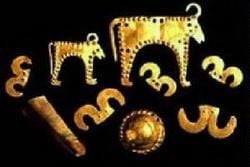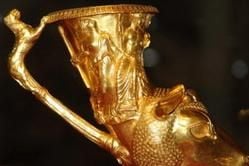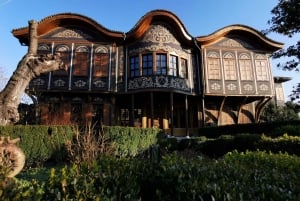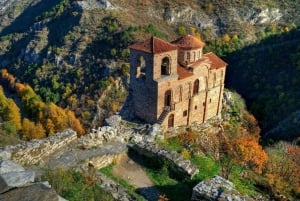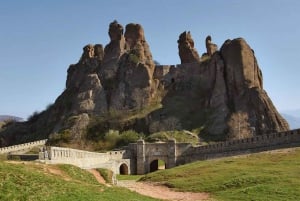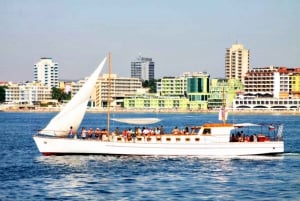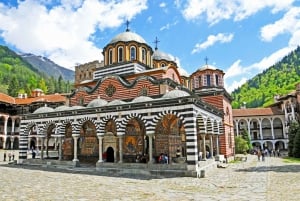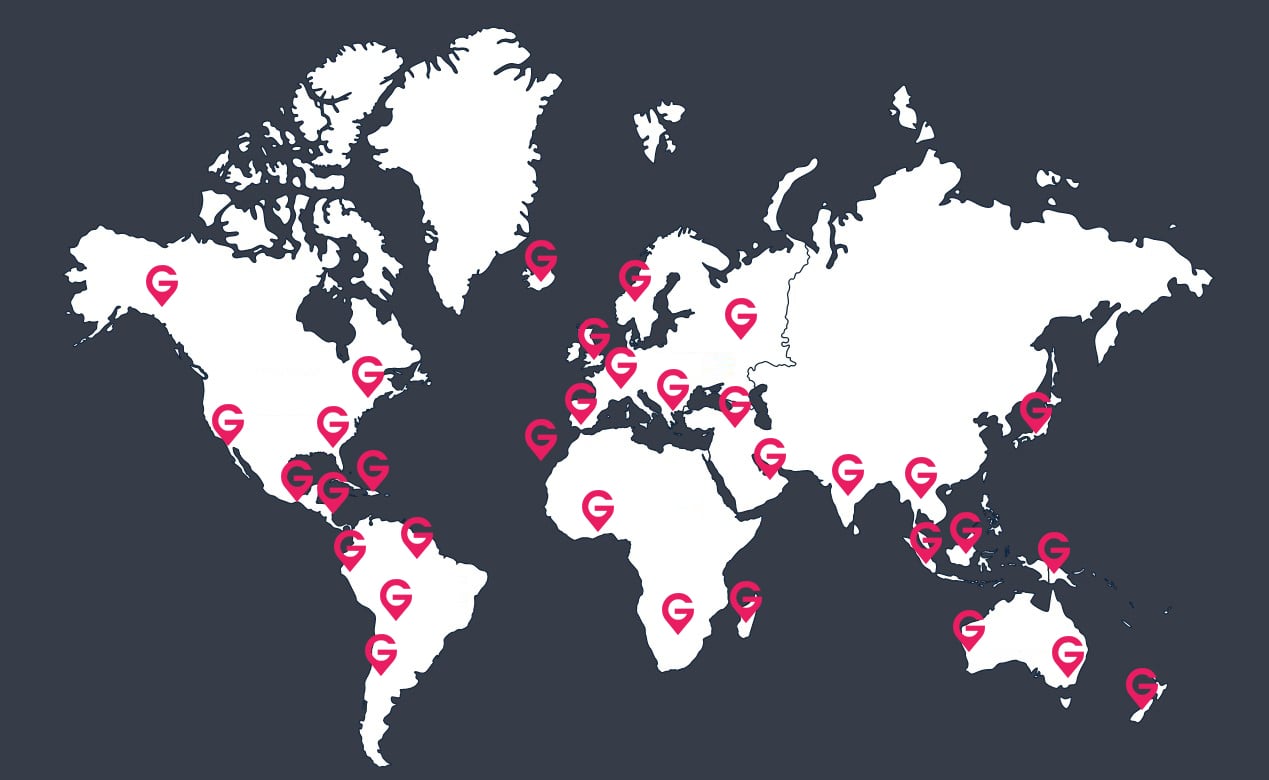The Thracian Treasures of Bulgaria
The Panagyurishte Treasure was discovered on December 8, 1949 by three brothers near the town of Panagyurishte, 100 km east of Sofia and 80 km north of Plovdiv. It comprises nine 24-karat gold vessels that weigh approximately 7 kilograms: an amphora, a phiale and seven rhytons. According to experts this set was handcrafted by skillful goldsmiths sometime in the 4th-3rd centuries BC and is believed to have belonged to Seuthes III, a Thracian king who ruled in the period 331 BC - 300 BC. The most important feature of these vessels is their exquisite decoration: they all depict mythical and traditional scenes characteristic of the Thracian civilization. Due to its huge historical significance today the treasure has become one of the most famous travelling Bulgarian exhibitions. The Thracian section of the National Museum of History in Sofia is generally regarded as its home, so this is where you can see it, provided that it is not on tour.
In 1985, while trying to dig a well in his back yard, tractor driver Ivan Dimitrov from Rogozen, a small village located 160 km north of Sofia, stumbled upon one of the greatest archaeological discoveries ever made on the territory of the country – the Rogozen Treasure. It includes 108 phiales, 55 jugs and 3 goblets and happens to be the biggest treasure found in Bulgaria so far. All the objects are made of silver and are richly adorned. Some of them are even covered with gilt. Judging by their varied decorations and shapes, archaeologists claim that they date back to the period 5th-4th centuries BC. When it is not on tour, the large bulk of the treasure is exhibited in the Regional Historical Museum of Vratsa. Another 20 vessels are displayed in the National Museum of History in the country’s capital city.


